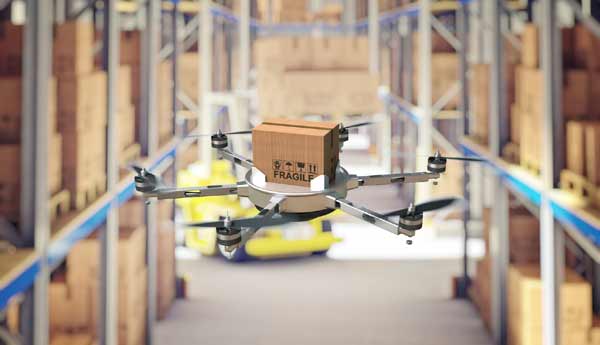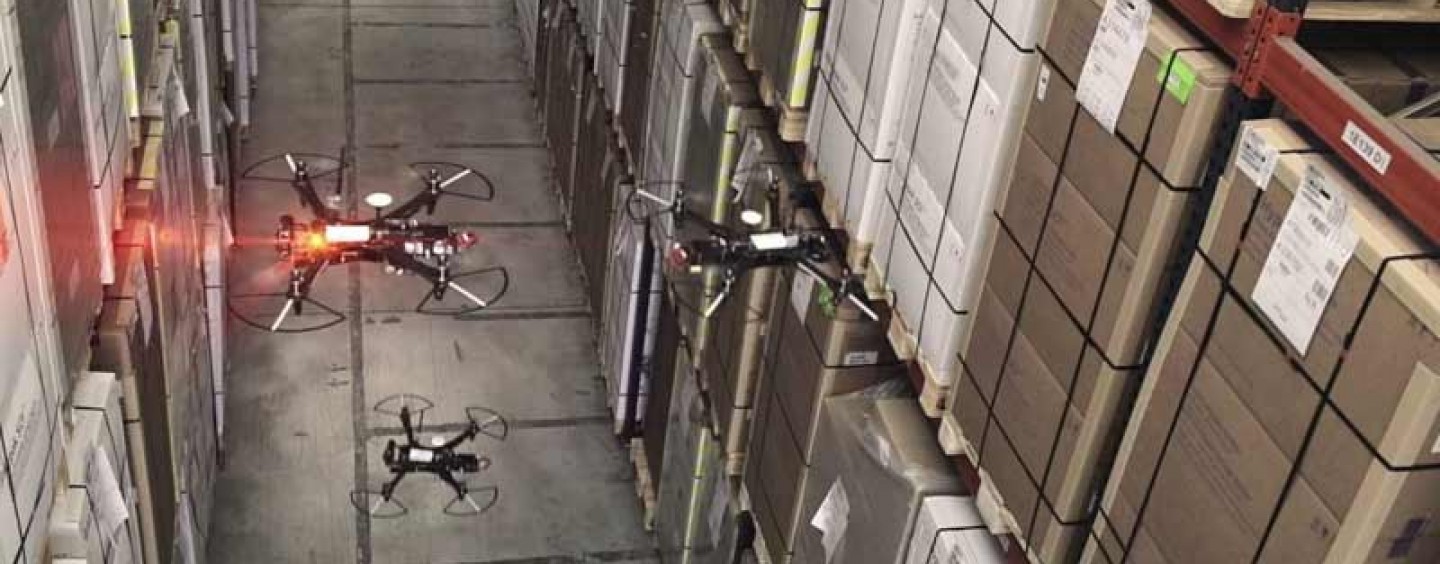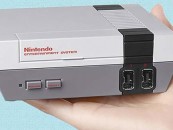Inventory taking is one of those unavoidable routines that tend to be labor intensive, tedious as well as time consuming. In some cases it may also involve closing shop for days so as to get a clear picture of the unsold stock in storage and if any merchandise could have gone missing. And to be clear about how wrong this exhausting exercise can go, people employed to get inventory done aren’t anywhere near perfect at counting. They will also more often than not make mistakes in comparison to robots that offer the perfect alternative as they were designed for such tasks.
Marc Gyongyosi, the founder and Chief Executive Officer of Intelligent Flying Machines (IFM) explains that companies incur losses to the tune of billions due to lost inventory. He intends to use lessons gained from is experience in human-robotic interfaces while at car manufacturer BMW to solve this costly problem of inventory depletion.
Gyongyosi further explains that his background exposed him to the failure of current warehouse inventory systems that result in items getting lost all the time. His observation of employees climbing ladders and forklifts as well as using binoculars during warehouse searches is, in his own words, unbelievable. And despite the shift in the inventory taking process from the days of engaging intense manpower equipped with pencils and clipboards to the current barcodes and RFID (radio frequency identification) tags that have tried make things easier, this remains an expensive, demanding and unwelcome task for businesses.

How Drones are Employed in Inventory Management Tasks?
IFM seeks to solve the costly inventory losses for firms by introducing drones to warehouse management. These high-accuracy robots are designed to count and also have onboard systems that enable them to maneuver inside warehouses without the need for direct human supervision. The IFM developed drones are designed to be used between warehouse shifts and operate autonomously by scanning the aisles and landing independently for necessary recharge when depleted of power.
The whole process is dependent on the warehouse size and the number of drone that are being put to use but estimates from the technology firm indicate that the exercise should take around twenty minutes. The drone gather information from scanning and this data is uploaded and cross-referencing and confirmation done against the company inventory software. Any errors that arise are noted and tablets stationed at the end of the aisles in the warehouse receive alerts on the same. Employees can then check these tablets at the start of their work shifts to be clear on whether any stock item could be missing.

Benefits of Drone use in Inventory Management
Using drones in inventory management is beneficial for several reasons such as their ability to operate in semi-structured or structured environments. Retail stores are an ideal example of a semi-structured environment since humans can be kept out of the area while the robots operate. A warehouse on the other hand might be described as a structured environment as it is completely restricted and mapped in advance with little chance of alteration.
Drones are also very potentially useful in warehouse spaces since the optimal space utilization involves inventory being stacked as high as possible. Employees would need ladders and forklifts to identify items but drones can easily overcome this challenge especially if equipped with long range RFID readers. The use of drones therefore aims to redefine the process of inventory management into as automatic an affair as swift synching on a spreadsheet. The staff in the warehouses will be able to check on items without leaving their workstations by using the flying robots which serve as assistants.
Meet the Robots Making Amazon even Faster
The tech-firm IFM has initiated a pilot program with several organizations which comprise of unnamed car manufactures and their plan is to proceed to launch commercially next year. Marc Gyongyosi is optimistic that the system his firm is preparing to roll out widely will have a greater impact beyond the initial inventory management solution it is intended to be. The CEO explains that just in the same way Google Maps is available as an outdoor solution currently, a similar indoor solution is lacking at the moment. “And all manufacturing is indoors,” he further emphasizes.
Read more here: The Intel Project Aero that Will Teach Drones the New Tricks
Conclusion
According to the Northwestern University electronic engineering and computer science educated tech-firm founder, data available for collection from indoor spaces is numerous. He therefore believes that this robotic inventory management system offers the initial direction to collecting all these available indoor information autonomously.






No Comments so far
Jump into a conversationNo Comments Yet!
You can be the one to start a conversation.